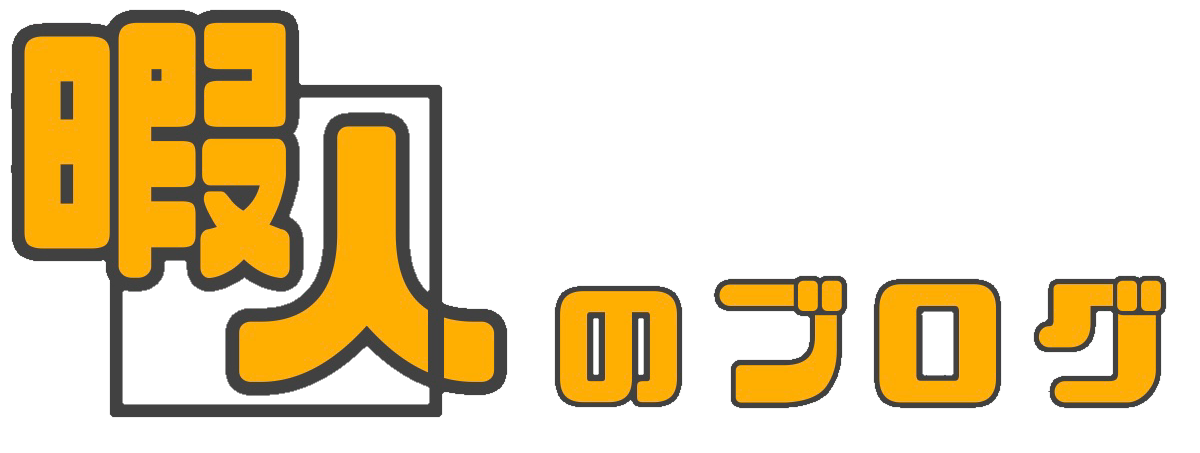LANケーブルについて
Lanケーブルの規格(カテゴリ)は全部で6種類あり、
種類によって、対応する通信速度や最大周波数が異なる。
|
カテゴリ |
通信速度 |
最大周波数 |
|
CAT4(カテゴリー4) |
20Mbps |
20MHz |
|
CAT5(カテゴリー5) |
100Mbps |
100MHz |
|
CAT5e(カテゴリー5e) |
1Gbps(100Mbps) |
100MHz |
|
CAT6(カテゴリー6) |
1Gbps(1000Mbps) |
250MHz |
|
CAT6A(カテゴリー6A) |
10Gbps(10000Mbps) |
600MHz |
|
CAT7(カテゴリー7) |
10Gbps(10000Mbps) |
600Mhz |
LANケーブル形状の違い
ケーブルの形状により通信の安定性などが変わる。
ケーブルの形状は全部で3種類あり、
スタンダード、フラット、極細の3種。
|
形状 |
特徴 |
|
スタンダード |
一般的な丸形LANケーブル。
|
|
フラット |
厚さ1ミリ程度の薄いケーブル。 ノイズに弱い。長い距離での利用は不向き。 |
|
極細 |
スタンダードの半分程度の太さの丸形LANケーブル。 通信の安定性は低下する。 |
通信用電線の違い
LANケーブルとしての代表的な通信用電線として、
UTPケーブルとSTPケーブルがある。
|
電線種類 |
特徴 |
|
|
UTP |
UTPケーブル(一般的なLANケーブル) |
LANケーブル内部はシールドが施されていない。 家庭や企業でのノイズはUTPケーブルでも十分対応できる。 販売されているCAT&までのLANケーブルはほとんどがUTPとなっている。 |
|
STP |
STPケーブル(CAT7ケーブルなど) |
ノイズを強化したLANケーブル。 LANケーブル内部にはシールドが施されており、 ノイズに対応している。 シールドは、アルミ箔で保護されている。 UTPと比べると価格が高くなっており、 CAT7対応ケーブルはSTPケーブルとなっている。 |
yle=”margin: 0px;”>単線とより線の違い
|
単線 |
1芯が1本の銅線となっており、 安定した通信が可能(10m以上で使う場合におすすめ) |
|
より線 |
柔らかくて取り回ししやすい。 1芯が7本の細い銅線で構成されているケーブル (5m以下で使う場合におすすめ) |
ストレートケーブルとクロスケーブルの違い
|
ストレートケーブル |
他の機器同士(例:パソコンとルーター)を接続する際に使用 |
|
クロスケーブル |
パソコン同士で接続するときに使用 |
ストレートケーブルとクロスケーブルの見分ける方法
ストレートケーブルは、両端(コネクタ)の結線(色の配置)が同じであり、
クロスケーブルは、結線(色の配置)は異なる。
LANケーブルの色の違い
LANケーブルは、青、緑から始まり様々な種類の色がある。
ce=”Century” size=”3″>LANケーブルの色が異なることでの性能の違いはないが、
使う場面に応じて色を変える必要がある。
パソコンなどの充電ケーブルなどは
黒やグレー、白などが多く、LANケーブルとの見分けがつかなくなってしまう。
LANケーブルの長さ
LANケーブルの長さは、1m以下から300mまで売られている。


























コメント